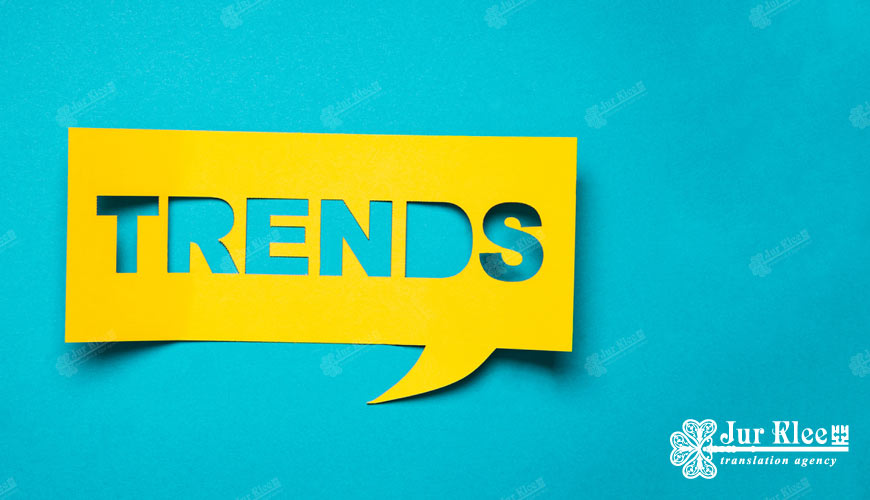
Translation Trends for 2020
Wisconsin Localization Institute continued the tradition of organizing a round table, the main purpose of which is to discuss the most important areas of translation and language activities in 2020. The landmark event took place on October 18, and during two days the participants discussed the challenges and innovations associated with this industry. This year's round table was dedicated to the integration of translation technologies for buyers, suppliers and everyday users.
Purposes of the round table:
- understanding translation technology integration solutions;
- creating an open communication channel for translators;
- discussion of the dynamics of technology development;
- mutual exchange of ideas, experience;
- addressing issues and challenges facing the industry.
According to the report of the CSA and the Association of Translation Companies, the global market for outsourcing services and technology related to translations reached 201.5 billion USD in 2019, and although its growth rate has declined by 5% in recent years, it is an industry to be reckoned with.
2020 brings significant changes to the language industry, and there are already major trends that will affect the translation industry as a whole. Before discussing these areas, it is worth considering in detail the reasons for the changes taking place in the field of translation services:
Regional shift
According to the MRF report, it is expected that the Asia-Pacific Region will become the fastest growing in this industry, as translation activities are significantly intensified here.
Voice search
27 percent of the world's online population uses voice search on mobile devices. Therefore, many voice-optimized Internet companies have to develop special content, where necessary information will be provided, taking into account the recognition of speech tasks in different languages.
Artificial intelligence
Artificial intelligence is seen as a looming threat to translators. However, the question remains - can a machine translation be better than a translation made by a person? Can it navigate the situation, show skills in working with people and cultural knowledge, which is especially important for enterprises entering international markets? For example, the innovative translator Watson is able to understand dialects, but taking into account cultural and national characteristics it is an impossible task for it. A person can do both.
Mobile domination
One of the most important shifts in the global economy is the prevalence of mobile Internet traffic. CNBC reports that around the world by 2020, 7 people out of 10 will be using smartphones, and e-shopping will outpace everyone else. These factors contribute to the growth of requirements for the quality of translation, especially taking into account cultural characteristics, for better customer service in modern realities.
Video and subtitle localization
According to experts, video content is the most popular, and by 2021, 80% of all traffic on the Internet will fall on video. Video marketing to attract customers, especially on social media, also leads to the need for voice-over of translated text. In addition, subtitles offer people with hearing disorders to get all the information in the video. This means an increase in the demand for translation.
Implementation of neural machine translation
Neural machine translation is a major focus in attempts to build and activate a network that reads text and outputs the correct translation. However, there remains one aspect that machine translation enthusiasts cannot solve - cultural. Since language is a culture, not just a useless exchange of words, doubts remain as to whether artificial intelligence will be able to create a neural network capable of producing better translation than humans.
The disadvantages of machine translation still require qualified specialists to further revision of the texts, so despite the success of automated translation, a machine cannot yet replace a translation.
Multilingual customer support
Global companies already have a multi-lingual strategy to provide high-quality customer support, so to keep up with the competition is one area to look out for in 2020.
As the global business continues to expand into new markets, more translators will be brought in order to localize content to increase sales on target sites. Their main task will be the transformation of digital content, as well as the adaptation of material for a specific audience.
Summary
These are the main trends that will affect the language industry in the coming year, so organizations engaged in this field need to meet the requirements arising in the development of information technology.
Jur Klee is engaged in translation activities and promptly responds to any changes taking place in this industry, which allows it to effectively use the latest developments to better optimize its business.
